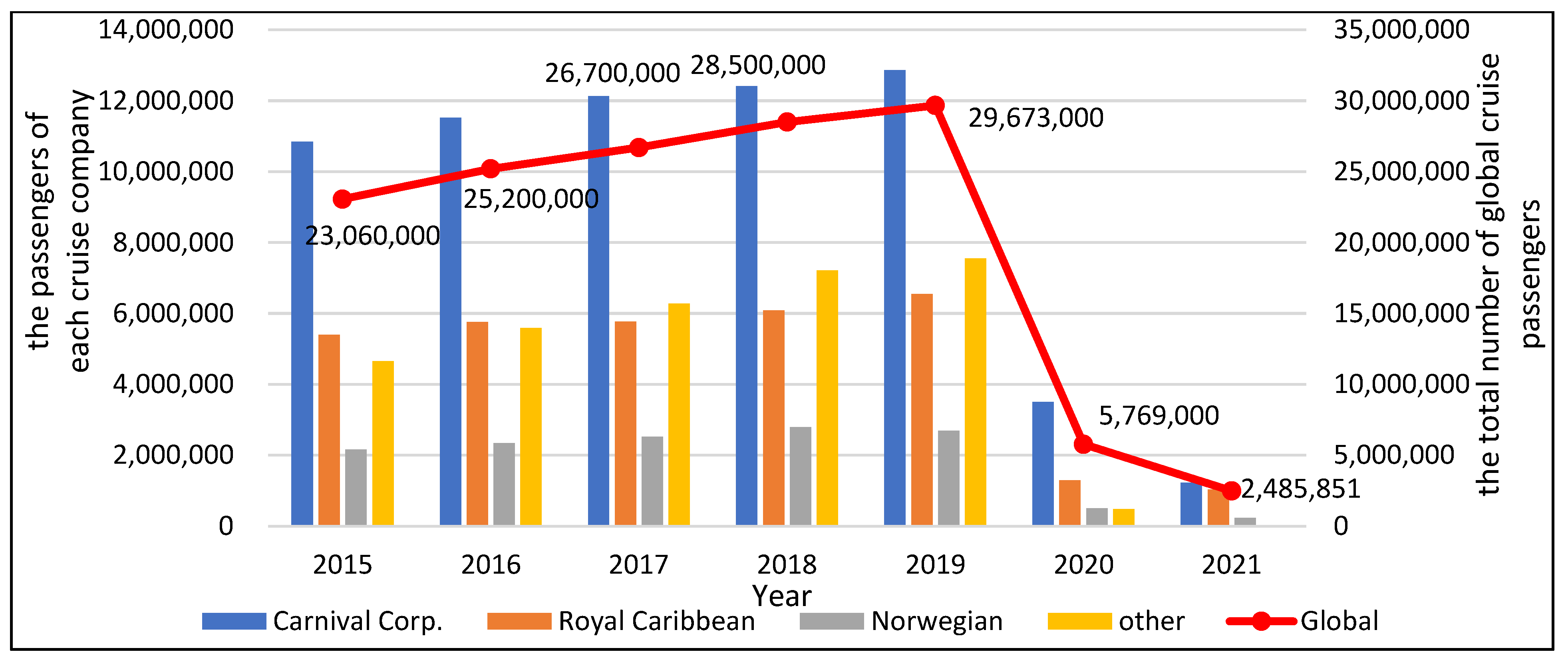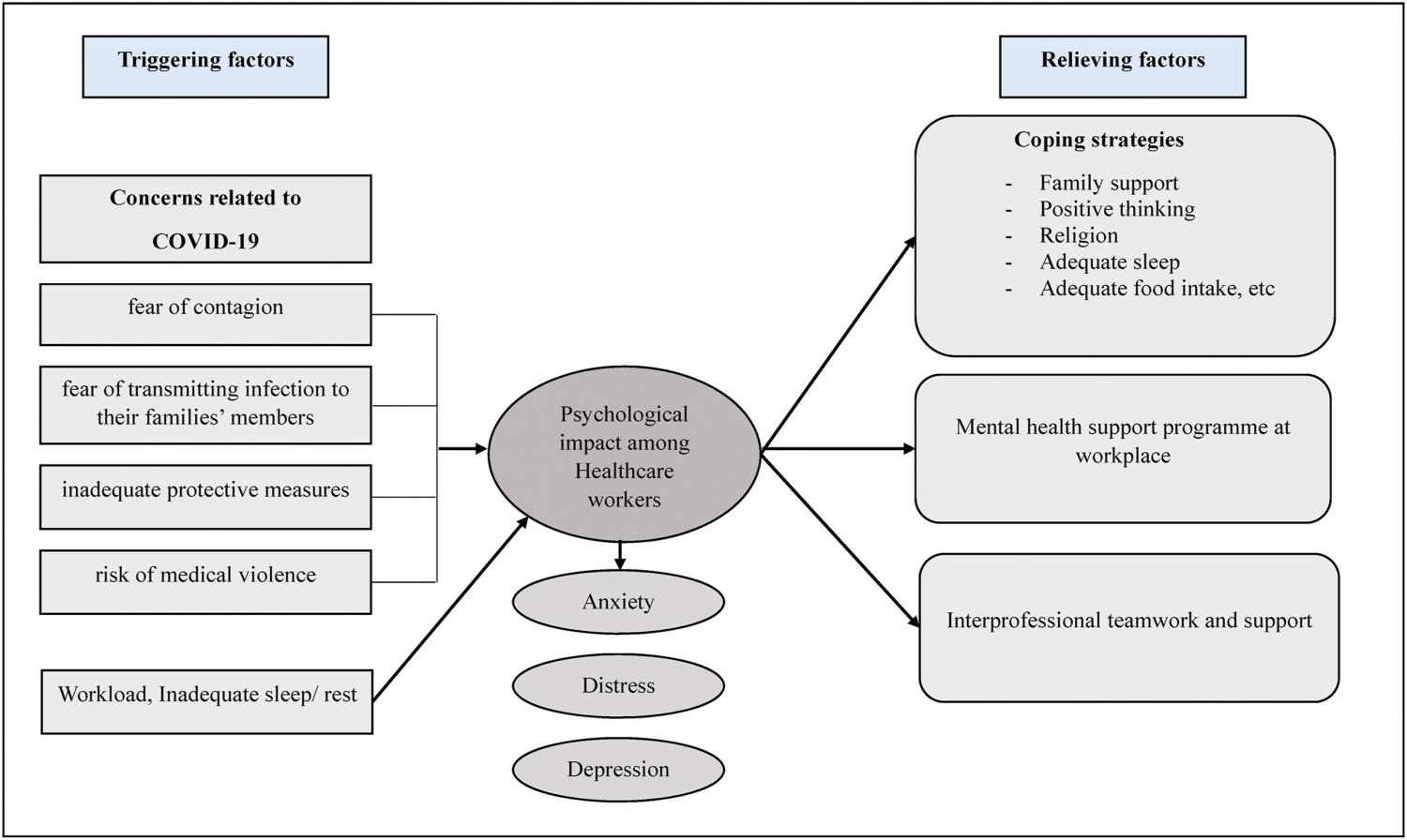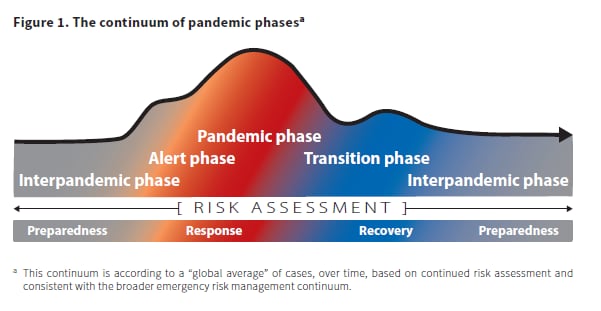Navigating the Challenges of Pandemic Social Distancing

The Impact of Pandemic Social Distancing on Daily Life:
The outbreak of the COVID-19 pandemic brought about unprecedented changes in our daily lives, with one of the most significant adjustments being the implementation of social distancing measures. This article delves into the multifaceted impact of pandemic social distancing on individuals and communities.
Adapting to a New Normal:
As the virus spread globally, governments and health authorities introduced social distancing as a crucial measure to curb transmission. Overnight, individuals found themselves adapting to a new normal, where physical proximity to others became a potential health risk. The sudden need to maintain a safe distance from friends, family, and even strangers presented a unique set of challenges.
The Psychological Toll:
Social beings by nature, humans thrive on connection and interaction. The abrupt restriction of these social bonds has taken a toll on mental health. Feelings of loneliness, isolation, and the absence of in-person social support have become prevalent. It is imperative to recognize and address the psychological impact of prolonged social distancing on individuals’ well-being.
Economic Ramifications:
Beyond the personal sphere, social distancing has had far-reaching economic consequences. Industries reliant on physical presence, such as hospitality and tourism, have been profoundly affected. The sudden decline in consumer activities due to social distancing measures has led to financial uncertainties for businesses and individuals alike.
Challenges in Education:
The education sector has faced its own set of challenges with the implementation of social distancing. The shift to online learning, while necessary for safety, has exposed disparities in access to technology and created obstacles for effective learning. Students and educators alike grapple with the implications of prolonged physical separation in the educational environment.
Innovations in Remote Work:
On the flip side, the pandemic has accelerated the adoption of remote work. Social distancing measures prompted organizations to explore and implement flexible work arrangements. This shift has led to the normalization of virtual meetings, collaborative online platforms, and a reevaluation of traditional office structures.
Health and Safety Concerns:
While social distancing aims to protect public health, it has also sparked concerns about the potential long-term effects on overall well-being. Delayed medical treatments, missed health screenings, and reduced physical activity levels are among the health-related challenges stemming from the focus on social distancing. Balancing the need for physical health with the psychological impact remains a delicate challenge.
Community Resilience and Solidarity:
Despite the hardships, communities have shown remarkable resilience. Acts of kindness, mutual support, and the emergence of community-led initiatives to combat the effects of social distancing have become beacons of hope. The crisis has highlighted the importance of fostering community bonds even in times of physical separation.
The Path Forward:
As vaccination efforts progress and societies cautiously navigate reopening phases, the question arises: what is the path forward post-social distancing? Finding a balance between maintaining public health and gradually returning to a semblance of normalcy requires careful planning and a collective commitment to the well-being of all.
In the midst of these challenges, it is essential to acknowledge the resilience displayed by individuals and communities. For additional insights on coping strategies and maintaining well-being during these times, consider exploring resources such as Pandemic Social Distancing. These resources can provide valuable support and guidance for navigating the ongoing impact of social distancing on various aspects of life.
Global Impact: Navigating the Worldwide Pandemic Challenge

Understanding the Ripple Effect: Navigating the Worldwide Pandemic Impact
The ongoing worldwide pandemic has left an indelible mark on societies, economies, and daily lives across the globe. Examining the multifaceted impact of the pandemic provides insights into the challenges faced, the resilience displayed, and the strategies employed to navigate these unprecedented times.
Healthcare Systems Under Strain: A Global Challenge
One of the most profound impacts of the worldwide pandemic has been the strain on healthcare systems globally. Hospitals faced surges in patient numbers, shortages of critical medical supplies, and the immense pressure on healthcare professionals. The collective challenge underscored the necessity for robust and adaptable healthcare infrastructures.
Economic Disruptions: Ripples Across Industries
The economic fallout of the pandemic has been felt in every corner of the world. Industries faced disruptions, businesses closed, and unemployment rates soared. Governments implemented economic stimulus packages to mitigate financial hardships, highlighting the need for innovative strategies to sustain economies in the face of global uncertainty.
Education Transformations: Adapting to New Learning Realities
The worldwide impact extended to the education sector, where schools and universities faced closures and shifted to remote learning. The digital divide became more apparent, emphasizing the importance of accessible and inclusive education. Adapting to new learning realities required educators, students, and institutions to innovate and overcome unprecedented challenges.
Remote Work Revolution: Redefining Work Norms
The worldwide pandemic prompted a paradigm shift in work norms, with remote work becoming the new standard. Organizations embraced digital transformation, introducing flexible work arrangements and virtual collaboration tools. The remote work revolution reshaped the dynamics of the workforce and emphasized the importance of adaptability in navigating global challenges.
Global Supply Chain Disruptions: Unveiling Vulnerabilities
The interconnectedness of the global economy became evident as supply chains faced disruptions. From manufacturing to distribution, vulnerabilities in the global supply chain were unveiled. This realization prompted a reassessment of supply chain strategies, emphasizing the need for resilience and flexibility in the face of unforeseen global disruptions.
Mental Health Challenges: A Universal Concern
The worldwide impact of the pandemic extended to mental health, with individuals facing increased stress, anxiety, and feelings of isolation. The universal nature of these challenges emphasized the need for global initiatives to address mental health stigma, provide support, and promote well-being on a broad scale.
Community Resilience: Strengthening Social Bonds
Communities worldwide demonstrated remarkable resilience in the face of adversity. Mutual aid initiatives, volunteerism, and community support networks emerged as essential components of navigating the challenges posed by the pandemic. The strength of social bonds and community resilience became pillars of support during uncertain times.
International Collaboration: A Collective Response
The worldwide impact necessitated unprecedented levels of international collaboration. Countries, organizations, and researchers collaborated on vaccine development, information sharing, and resource allocation. The global response highlighted the importance of solidarity and collective action in addressing a shared global threat.
Building a Resilient Future: Lessons Learned
As the world grapples with the ongoing challenges of the worldwide pandemic, the lessons learned are instrumental in building a resilient future. From reinforcing healthcare systems to reimagining work and education, the global impact prompts a collective commitment to fostering adaptability, innovation, and global cooperation for a more sustainable world.
For more insights into the worldwide pandemic impact, visit Worldwide Pandemic Impact.
Unraveling Global Pandemic Trends: Insights and Impact

Unraveling Global Pandemic Trends: Insights and Impact
The global landscape has been significantly shaped by the ebb and flow of the ongoing pandemic. Examining and understanding Global Pandemic Trends provides crucial insights into the multifaceted impact on societies, economies, and public health.
Analyzing the Dynamics of Spread
One key aspect of Global Pandemic Trends is the analysis of how infectious diseases spread across regions. Studying transmission patterns, hotspots, and factors influencing the virus’s movement helps in formulating targeted strategies for containment and mitigation.
Economic Fluctuations and Adaptations
Global Pandemic Trends have triggered economic fluctuations on an unprecedented scale. Industries, businesses, and job markets experience shifts in response to lockdowns, remote work trends, and changes in consumer behavior. Understanding these economic dynamics is essential for recovery planning.
Healthcare Infrastructure Resilience
The pandemic has underscored the importance of resilient healthcare infrastructure. Examining Global Pandemic Trends in healthcare reveals the strengths and weaknesses of systems worldwide. Insights gained contribute to bolstering healthcare preparedness for future health crises.
Technological Innovations in Response
Global Pandemic Trends have accelerated the adoption of technology in various sectors. From telemedicine to remote work solutions, technological innovations have played a crucial role in response efforts. Analyzing these trends sheds light on the future integration of technology in healthcare and work environments.
Shifts in Public Health Priorities
The pandemic has prompted a reevaluation of public health priorities globally. Global Pandemic Trends reflect shifts in focus, with increased attention on infectious disease preparedness, vaccination infrastructure, and mental health support.
Education Transformations and Challenges
The education sector has undergone significant transformations in response to Global Pandemic Trends. Remote learning, digital classrooms, and hybrid models have become commonplace. Examining these trends informs ongoing discussions about the future of education.
Social and Cultural Impacts
Global Pandemic Trends extend beyond health and economics to influence social and cultural norms. Changes in social interactions, attitudes toward public health measures, and the redefinition of cultural practices are all part of the evolving landscape.
Environmental Considerations
The pandemic has prompted reflections on the environmental impact of human activities. Global Pandemic Trends include shifts in pollution levels, changes in travel patterns, and discussions on sustainable practices. These trends contribute to ongoing dialogues about environmental conservation.
Community Resilience and Solidarity
Examining Global Pandemic Trends also unveils stories of community resilience and solidarity. Individuals and communities worldwide have come together to support one another. Understanding these trends fosters a sense of shared experience and collective strength.
Navigating the Future – Global Pandemic Trends
In navigating the future, it’s essential to stay informed about Global Pandemic Trends. The Healthy Consumer serves as a valuable resource, offering insights, resources, and support for understanding and adapting to the evolving global landscape. Explore the trends, gain knowledge, and actively participate in shaping a resilient future.
Building Community Resilience Amidst Pandemics

Forging Unity: Nurturing Community Pandemic Resilience
In the face of global health crises, the resilience of communities becomes a linchpin for overcoming challenges and fostering recovery. Building community pandemic resilience is a multifaceted endeavor that involves collaboration, adaptability, and a shared commitment to the well-being of every member.
Strengthening Social Fabric through Connection
The foundation of community pandemic resilience lies in the strength of social connections. Fostering a sense of community, encouraging communication, and supporting one another create a robust social fabric. During times of crisis, the solidarity of community members becomes a source of emotional support and practical assistance.
Local Leadership and Coordination Efforts
Effective community pandemic resilience is often spearheaded by local leadership. Community leaders, organizations, and volunteers play a pivotal role in coordinating efforts. Establishing clear communication channels, disseminating information, and organizing collaborative initiatives contribute to a cohesive and resilient community response.
Resource Sharing and Support Networks
Communities thrive when individuals come together to share resources and establish support networks. From ensuring access to essential supplies for vulnerable populations to offering assistance to those in need, resource-sharing initiatives bolster the collective resilience of the community. Acts of kindness and mutual aid become integral components of community strength.
Empowering Local Businesses and Entrepreneurs
Local businesses and entrepreneurs form the backbone of many communities. Empowering them during a pandemic involves supporting initiatives that sustain economic activities. This can include promoting local shopping, providing financial aid to struggling businesses, and creating platforms for entrepreneurs to adapt and innovate in response to changing circumstances.
Community Health and Well-Being Initiatives
Prioritizing community health and well-being is central to building resilience. Establishing health initiatives, providing information on preventive measures, and creating accessible healthcare resources contribute to a healthier community. Mental health support programs also play a crucial role in fostering overall well-being.
Educational Outreach and Awareness Campaigns
Knowledge is a powerful tool in navigating a pandemic. Educational outreach and awareness campaigns within the community help disseminate accurate information, dispel myths, and promote preventive measures. Informed community members are better equipped to protect themselves and contribute to collective resilience.
Green Spaces and Urban Planning for Resilience
The design of physical spaces within a community also influences resilience. Incorporating green spaces, promoting sustainable urban planning, and creating environments that facilitate physical activity contribute to the overall well-being of residents. Accessible and nature-rich spaces enhance both mental and physical health.
Crisis Preparedness and Training Programs
Building community pandemic resilience involves proactive measures such as crisis preparedness and training programs. Educating community members on emergency response protocols, conducting drills, and establishing communication channels for swift coordination enhance the community’s ability to respond effectively to crises.
Inclusive Decision-Making and Diverse Representation
Resilience is bolstered by inclusive decision-making and diverse representation within the community. Ensuring that diverse voices are heard in the decision-making processes fosters a sense of belonging and ensures that the needs of all community members are considered. Inclusivity strengthens the fabric of the community.
To explore more about nurturing community pandemic resilience, visit Community Pandemic Resilience. As communities navigate the challenges of a global health crisis, it is through collective efforts, compassionate leadership, and a commitment to fostering resilience that they can emerge stronger. By focusing on social connections, local initiatives, and inclusive strategies, communities can build the strength needed to withstand and recover from the impacts of pandemics.
Resilience Amid Pandemic Challenges

Introduction
In the face of unprecedented challenges posed by the ongoing pandemic, individuals and communities worldwide have been compelled to develop resilient coping mechanisms. This article explores various strategies and approaches to coping with the myriad challenges brought about by the pandemic, emphasizing the importance of adaptability, self-care, and community support.
Adapting to a New Normal
One of the primary challenges of the pandemic has been adapting to a new normal characterized by social distancing, remote work, and changes in daily routines. Coping with pandemic challenges involves embracing adaptability, acknowledging that flexibility and resilience are key to navigating the uncertainties of this ever-evolving situation.
Prioritizing Mental Health and Well-being
The pandemic has taken a toll on mental health, with increased stress, anxiety, and feelings of isolation. Coping strategies must prioritize mental health and well-being. This involves seeking professional support when needed, practicing mindfulness and self-care, and fostering connections with others to combat the negative impact on mental health.
Establishing Healthy Daily Routines
Creating and maintaining healthy daily routines is essential for coping with the disruptions caused by the pandemic. Structuring the day with a balance of work, leisure, and self-care activities contributes to a sense of normalcy and stability. Consistent routines help individuals regain a sense of control amidst uncertainty.
Cultivating Supportive Relationships
Social connections play a crucial role in coping with pandemic challenges. Cultivating and maintaining supportive relationships, even if through virtual means, provides a sense of community and shared experiences. Whether through video calls, online forums, or safely distanced interactions, staying connected is integral to emotional well-being.
Embracing Technology for Connection
Technology has been a lifeline for many during the pandemic, facilitating communication and connection. Coping strategies include embracing technology to stay connected with loved ones, colleagues, and support networks. Virtual gatherings, online events, and collaborative platforms offer opportunities for maintaining a sense of community.
Practicing Self-Compassion
The uncertainty and disruptions caused by the pandemic can lead to heightened self-criticism and stress. Coping involves practicing self-compassion, acknowledging that it’s okay not to be perfect and allowing oneself grace during challenging times. This mindful approach to self-care fosters resilience and emotional well-being.
Engaging in Meaningful Activities
Coping with pandemic challenges involves engaging in meaningful activities that bring joy and purpose. Whether it’s pursuing hobbies, learning new skills, or contributing to community initiatives, finding purposeful activities enhances mental and emotional resilience. Meaningful pursuits act as a counterbalance to the stressors of the pandemic.
Balancing Information Consumption
The constant influx of pandemic-related information can contribute to anxiety and overwhelm. Coping strategies include balancing information consumption by staying informed through reliable sources while setting limits on media exposure. This measured approach helps individuals stay informed without becoming inundated with distressing news.
Contributing to Community Resilience
Building community resilience is a collective effort. Coping with pandemic challenges involves contributing to community well-being through acts of kindness, support for vulnerable populations, and participation in local initiatives. Strengthening community bonds creates a sense of solidarity and shared responsibility.
Conclusion with Link
In conclusion, coping with pandemic challenges requires a holistic and adaptive approach. For further insights and resources on navigating these challenges, visit The Healthy Consumer website. Explore articles, tips, and community support to enhance your coping strategies and foster resilience in the face of pandemic-related difficulties.
Mitigating Global Risks: Strategies for Pandemic Preparedness

Strategies for Comprehensive Global Pandemic Risk Mitigation
The complexity of global pandemics necessitates proactive and comprehensive risk mitigation strategies. In this article, we explore key approaches to mitigate the risks associated with pandemics on a global scale, fostering resilience and preparedness.
Understanding the Global Nature of Pandemic Risks
Pandemics pose unique challenges due to their global nature. This section delves into the characteristics that make pandemics different from localized crises, emphasizing the need for a coordinated and global approach to effectively mitigate the associated risks.
Early Warning Systems and Surveillance
One of the pillars of global pandemic risk mitigation is the establishment of robust early warning systems. This part of the article discusses the importance of surveillance mechanisms, data analytics, and international cooperation in detecting and responding to potential pandemic threats at an early stage.
International Collaboration and Information Sharing
Mitigating global pandemic risks requires collaboration across borders. This section explores the significance of international cooperation and information sharing among nations, organizations, and public health agencies. Shared data and insights contribute to a more effective global response.
Healthcare Infrastructure Strengthening
Strengthening healthcare infrastructure globally is pivotal for effective risk mitigation. This part of the article discusses strategies for enhancing healthcare systems, including investing in medical facilities, training healthcare professionals, and ensuring access to essential medical supplies.
Vaccine Development and Distribution Strategies
The development and distribution of vaccines play a crucial role in pandemic risk mitigation. This section explores strategies for expediting vaccine development, ensuring equitable distribution, and fostering international collaboration to address global immunization challenges.
Public Health Education and Communication
Educating the public is key to mitigating the impact of a pandemic. This part of the article discusses the importance of public health education and communication campaigns. Clear, consistent, and accessible information empowers individuals to take preventive measures and make informed decisions.
Infrastructure for Remote Work and Learning
The pandemic has highlighted the need for resilient infrastructure to support remote work and learning. This section explores strategies for developing and enhancing digital infrastructure, ensuring that individuals can continue essential activities even during a global health crisis.
Economic Resilience and Financial Preparedness
Mitigating global pandemic risks extends to economic resilience. This part of the article discusses strategies for financial preparedness, including establishing emergency funds, implementing economic stimulus measures, and fostering international collaboration to address the economic fallout of pandemics.
Social Support Systems and Community Resilience
Communities play a vital role in pandemic risk mitigation. This section explores the importance of social support systems, community engagement, and building resilience at the local level. Empowered communities contribute to a more coordinated and effective global response.
TheHealthyConsumer.com: A Hub for Global Pandemic Risk Insights
For in-depth insights into global pandemic risk mitigation, visit TheHealthyConsumer.com. The website offers articles, tips, and resources dedicated to understanding and navigating the complexities of pandemic risk on a global scale.
Looking Ahead: Building a Resilient Global Future
In conclusion, global pandemic risk mitigation requires foresight, collaboration, and a commitment to building resilience. This concluding section reflects on the importance of learning from past experiences, adapting strategies, and continuously working towards a more resilient and prepared global future.
In summary, mitigating global pandemic risks involves a multifaceted approach that encompasses early warning systems, international collaboration, healthcare strengthening, and community resilience. TheHealthyConsumer.com serves as a valuable resource for those seeking guidance on understanding and contributing to the ongoing efforts of global pandemic risk mitigation.




